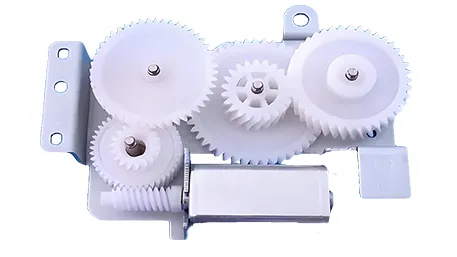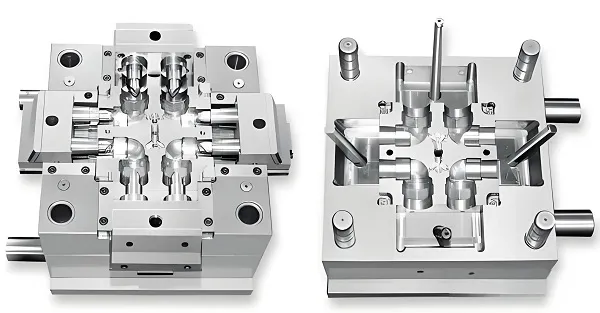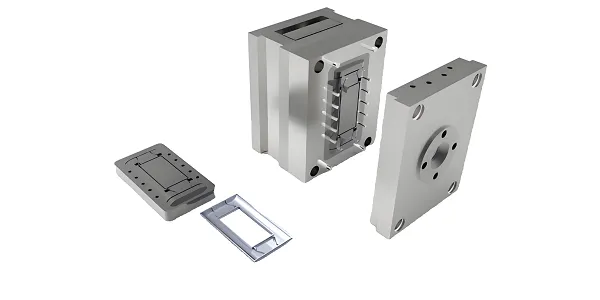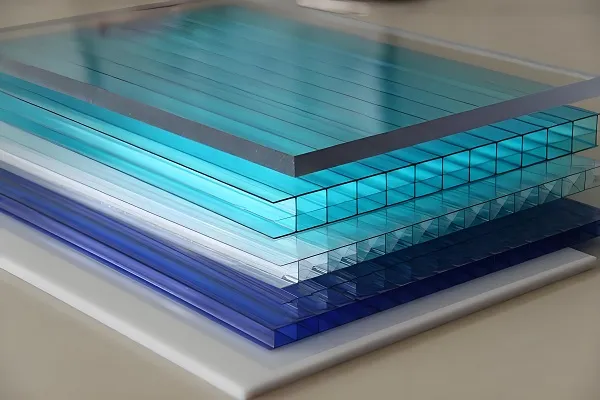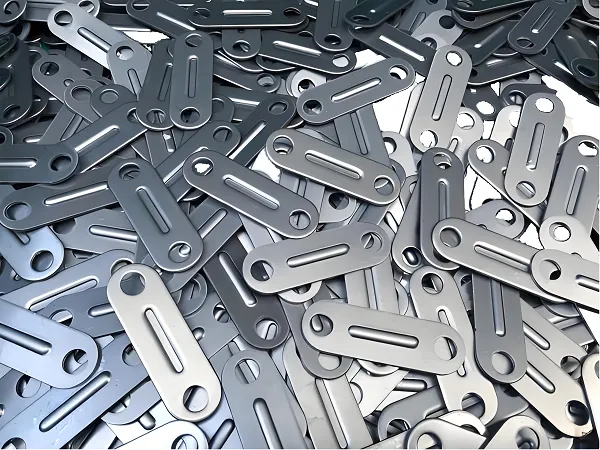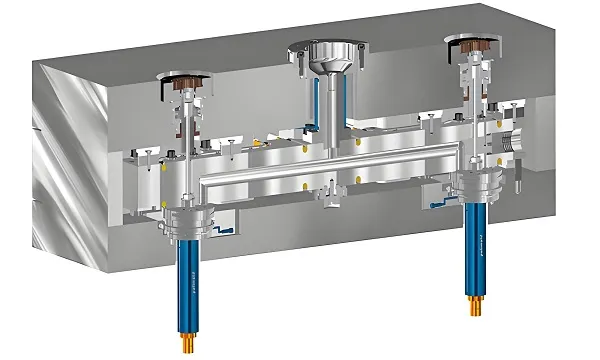CNC (Computer Numerical Control) machining and manufacturing have revolutionized the production landscape, enabling the creation of highly precise and complex components with efficiency and consistency. Let’s explore this crucial field from the following aspects:
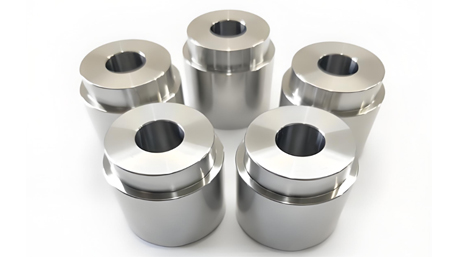
1. Introduction to CNC Machining and Manufacturing
CNC machining and manufacturing involve the use of computer-controlled machines to shape, cut, and form materials into desired products. This technology has transformed traditional manufacturing processes by offering superior accuracy, repeatability, and flexibility.
2. CNC Machines and Their Types
There are various types of CNC machines, each designed for specific tasks. Milling machines are commonly used for removing material from a workpiece to create complex shapes. Lathes are ideal for rotational parts, such as shafts and cylinders. Drilling machines are employed for creating precise holes. Additionally, there are grinding machines for achieving fine surface finishes and EDM (Electrical Discharge Machining) machines for working with hard materials.
3. Programming and Software in CNC
The success of CNC machining relies heavily on programming. Computer-aided design (CAD) software is used to create the 3D model of the part. This model is then translated into machine instructions using computer-aided manufacturing (CAM) software. The generated code, often in G-code or similar languages, controls the movements and operations of the CNC machine.
4. Materials Used in CNC Machining
A wide range of materials can be processed in CNC machining, including metals like aluminum, steel, titanium, and alloys, as well as plastics, composites, and wood. The choice of material depends on the application requirements, such as strength, durability, heat resistance, and cost.
5. Workholding and Fixturing
Proper workholding and fixturing are essential to ensure the stability and accuracy of the machining process. Fixtures and clamps are used to securely hold the workpiece in place, preventing movement or vibration that could affect the quality of the final product.
6. Cutting Tools and Their Selection
The selection of appropriate cutting tools is crucial for efficient and accurate machining. Different tools, such as end mills, drills, and inserts, are available with various geometries and coatings. The choice depends on factors like the material being machined, the machining operation, and the required surface finish.
7. Quality Control in CNC Manufacturing
Quality control is a vital aspect of CNC machining. Inspection techniques such as coordinate measuring machines (CMMs), micrometers, and surface roughness testers are used to verify the dimensions, tolerances, and surface quality of the machined parts. Statistical process control methods can also be employed to monitor and improve the manufacturing process.
8. Advantages of CNC Machining and Manufacturing
Some of the significant advantages include high precision and repeatability, the ability to produce complex geometries, increased productivity, reduced labor costs, and the flexibility to quickly switch between different part designs and production runs.
9. Applications of CNC Machining
CNC machining is widely used in industries such as aerospace, automotive, medical, electronics, and mold making. In aerospace, it helps manufacture critical components with tight tolerances. In the automotive sector, it produces engine parts and chassis components. Medical devices, like implants and surgical tools, rely on CNC machining for their precision.
10. Challenges and Future Trends
Despite its numerous benefits, CNC machining faces challenges such as the high initial investment in equipment and training, tool wear and replacement, and the need for continuous technological updates. Future trends include the integration of artificial intelligence and machine learning for process optimization, the development of hybrid machining processes combining CNC with additive manufacturing, and increased focus on sustainable manufacturing practices.
11. Economic Considerations
The cost of CNC machining depends on factors such as the complexity of the part, material selection, machining time, and setup costs. For large-scale production, economies of scale can make it cost-effective. However, for small batch or custom parts, the cost per unit may be relatively higher.
12. Safety in CNC Operations
Safety is paramount in CNC machining environments. Operators need to be trained on machine operation, safety procedures, and the use of personal protective equipment. Emergency stop buttons, safety guards, and proper ventilation systems are essential to prevent accidents and protect workers’ health.
In conclusion, CNC machining and manufacturing have become indispensable in modern industry, offering precise, efficient, and customizable solutions for a wide range of applications. Continual advancements in technology and best practices will further enhance its capabilities and contributions to manufacturing excellence.

